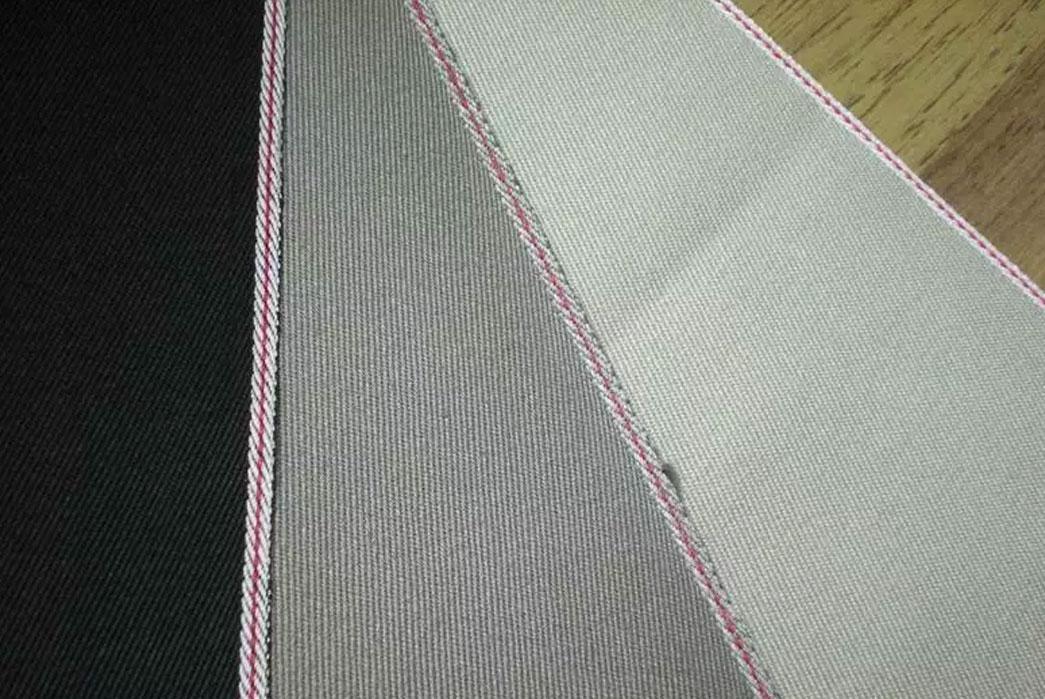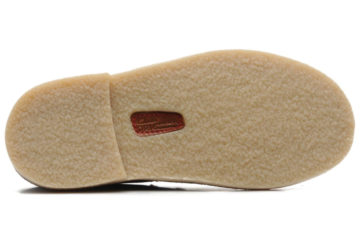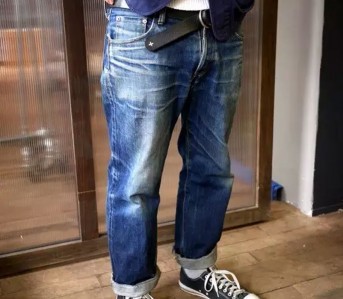Halfway through my “Human Ecology 170: Introduction to Textiles” class at the University of Alberta, I had a huge eureka! moment when I learned about the meaning behind twill. At that point, I’ve heard it many times, but I never really knew what it meant until that lecture. Once I unpack twill into its components, you’ll never look at denim the same way.
Before we can understand twill though, we must unpack the categories and details surrounding twill. In essence, twill is a sub-category of woven fabric, and a woven fabric is a sub-category of a fabric.
A fabric as defined by the “American Standard Testing Material” is:
A planar structure consisting of yarns or fibres.
In simpler terms though, a fabric:
- is simply a collection of fibres and/or yarns
- has a substantial surface area in relation to thickness
- has sufficient mechanical strength to give this assembly inherent cohesion
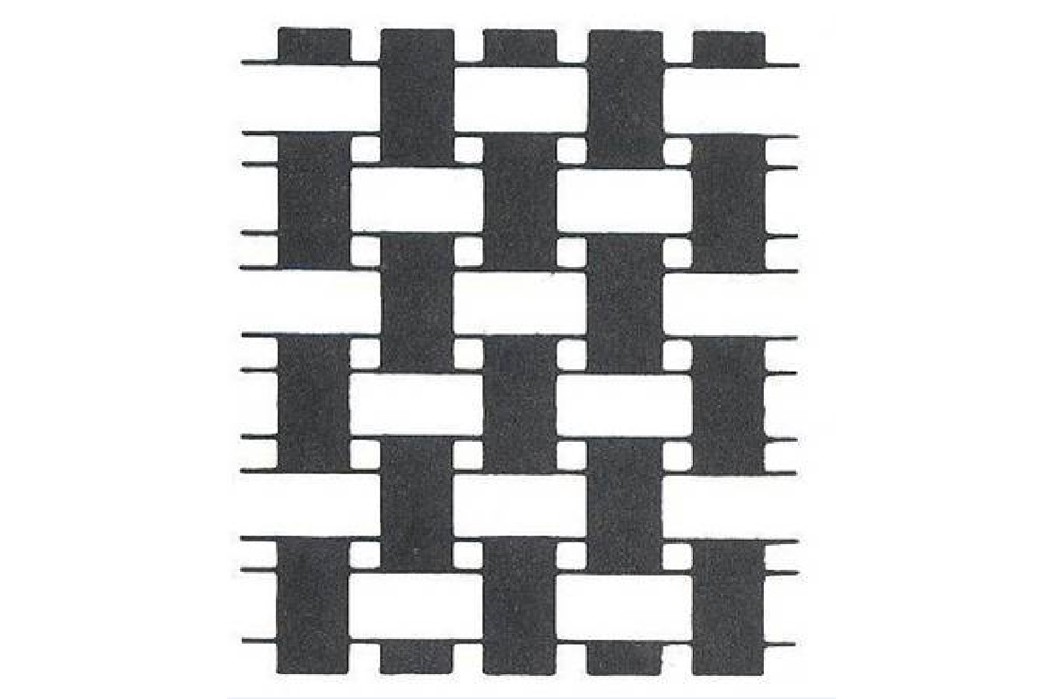
The simplest example of a woven fabric. The black yarn is the warp thread and the white yarn is the weft thread. (Source: University of Alberta)
A woven fabric is:
- two or more sets of yarns (warp and weft) interlaced at right angles to each other
- in the lengthwise direction
- yarn that runs parallel to the selvedge; in denim it’s dyed indigo
- also called “ends” in weaving terms
- in the crosswise direction
- A.K.A. “filling yarn”, runs from selvedge to selvage at right angles to the warp yarn; in denim, this yarn is generally left a natural, un-dyed colour
- also called “filling” or “picks” in weaving terms
NOTE: A simple way to remember and distinguish the two is to look at the “A” in warp and the “E” in weft. The letter “A” has its two vertical strokes, which conveniently goes in the up/down direction like a warp yarn. The letter “E” has three horizontal strokes, which conveniently goes in the left/right direction like a weft yarn.
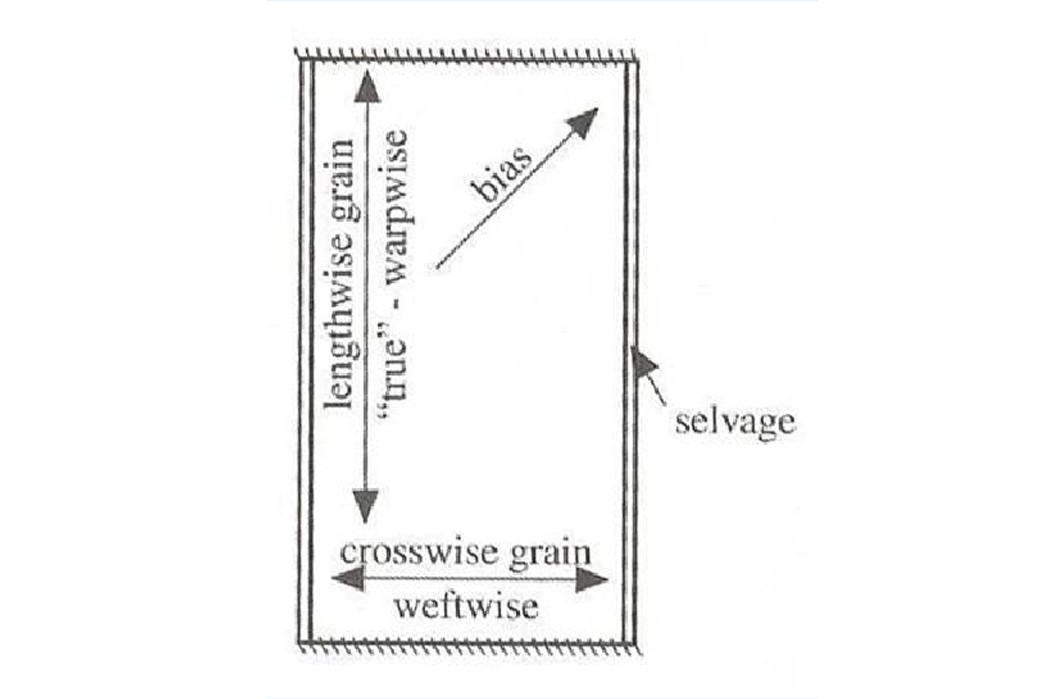
An awesome visual displaying how the warp and weft interplay. The selvedge is not unique to denim, but a common term referring to fabrics
Twill weave:
- Weave repeats on 2 or more warp & weft yarns & diagonal lines are produced on the face of the fabric
- Interlacing pattern is over more than 1 yarn & then under 1 or more yarns with a progression of “1” to create a diagonal lines
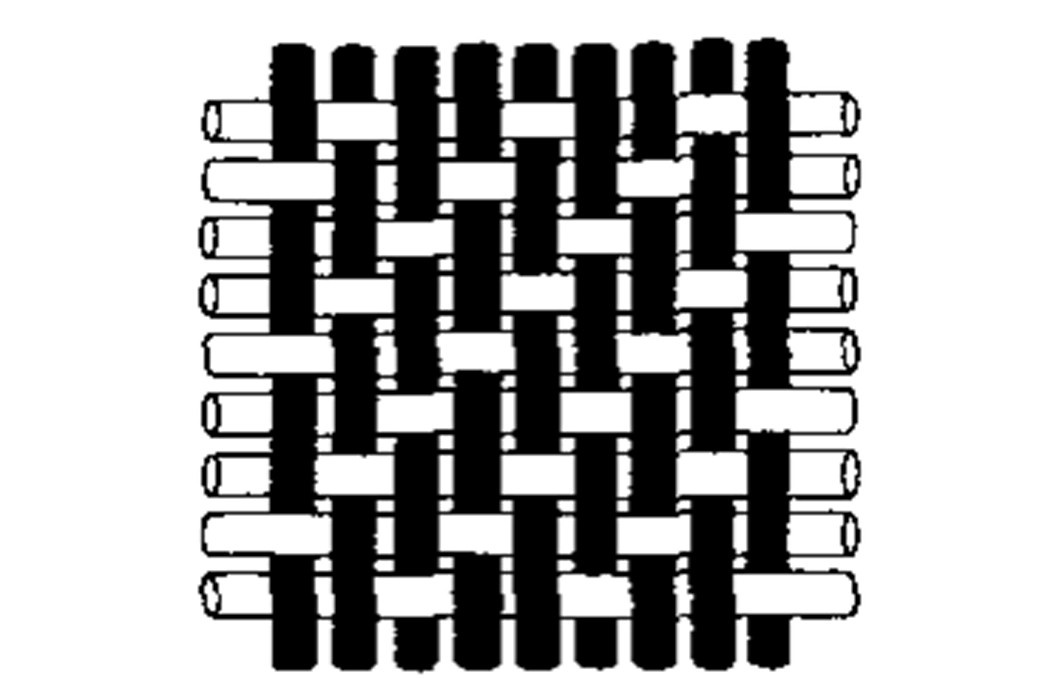
Right-handed warp-face uneven twill
“Right-handed warp-face uneven twill” is the most commonly weave found in denim – we’ll cover the right handed aspect in a future post. The warp yarns are coloured with white filling yarns (i.e. weft). Because it is a warp-faced twill, the coloured warp yarns are predominant on the face and the white filling yarns on the back. Most often the warp yarns are indigo dyed, created the fabric in “blue jeans” (Understanding Textiles 7th ed.).
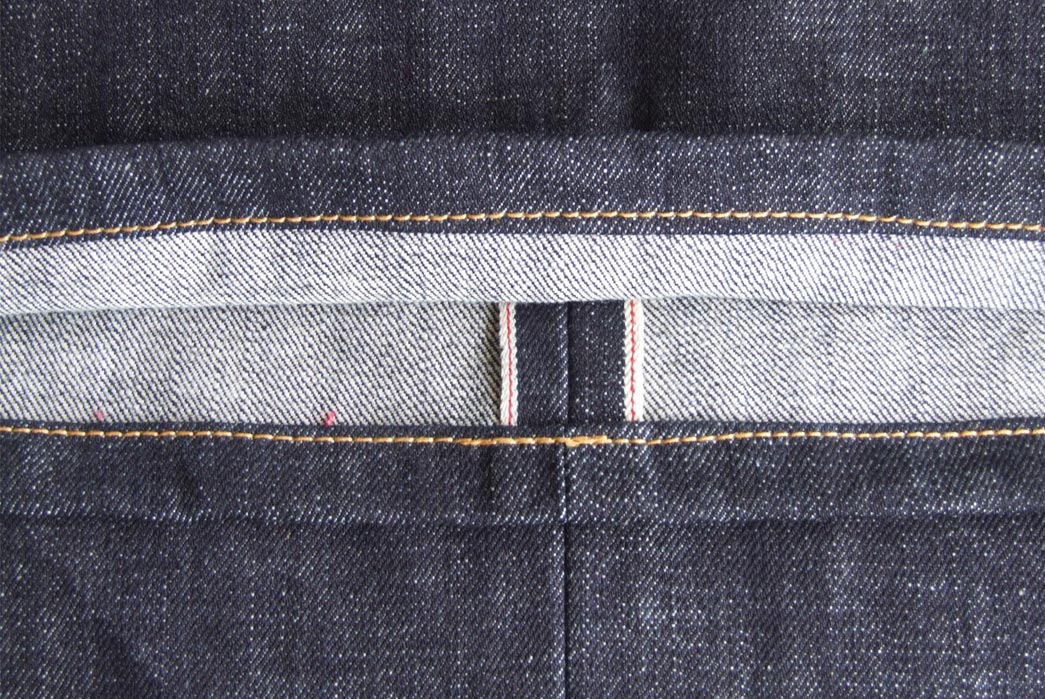
Admire the diagonal lines! Notice the warp (vertical yarns) and the weft (horizontal) lead to the selvedge. Neat, eh?
Now that you understand twill, look down at your jeans and remark how the warp and weft yarns work to make those diagonal lines in twill. Notice how the warp is dyed and facing the outside. Isn’t it marvelous? If your jeans have a broken twill weave or a denim with a different coloured weft (such as Naked & Famous – Red Weft Weird Guy), that’s a story for another day.
Look forward to more technical posts unwrapping the nitty gritty details about denim. There’s more than meets the eye.
Additional Resources:
- Source: University of Alberta, HECOL 170, Dr. Rachel McQueen
Stay Raw!
